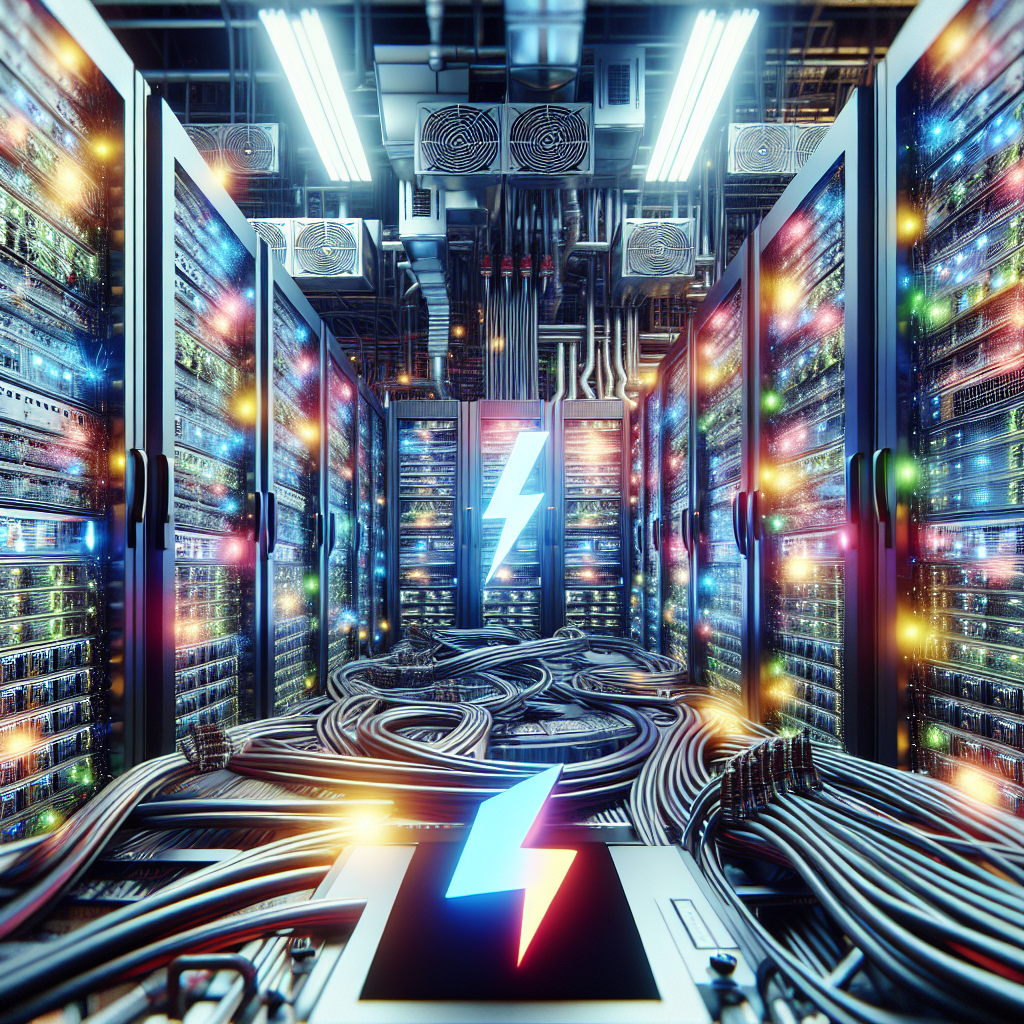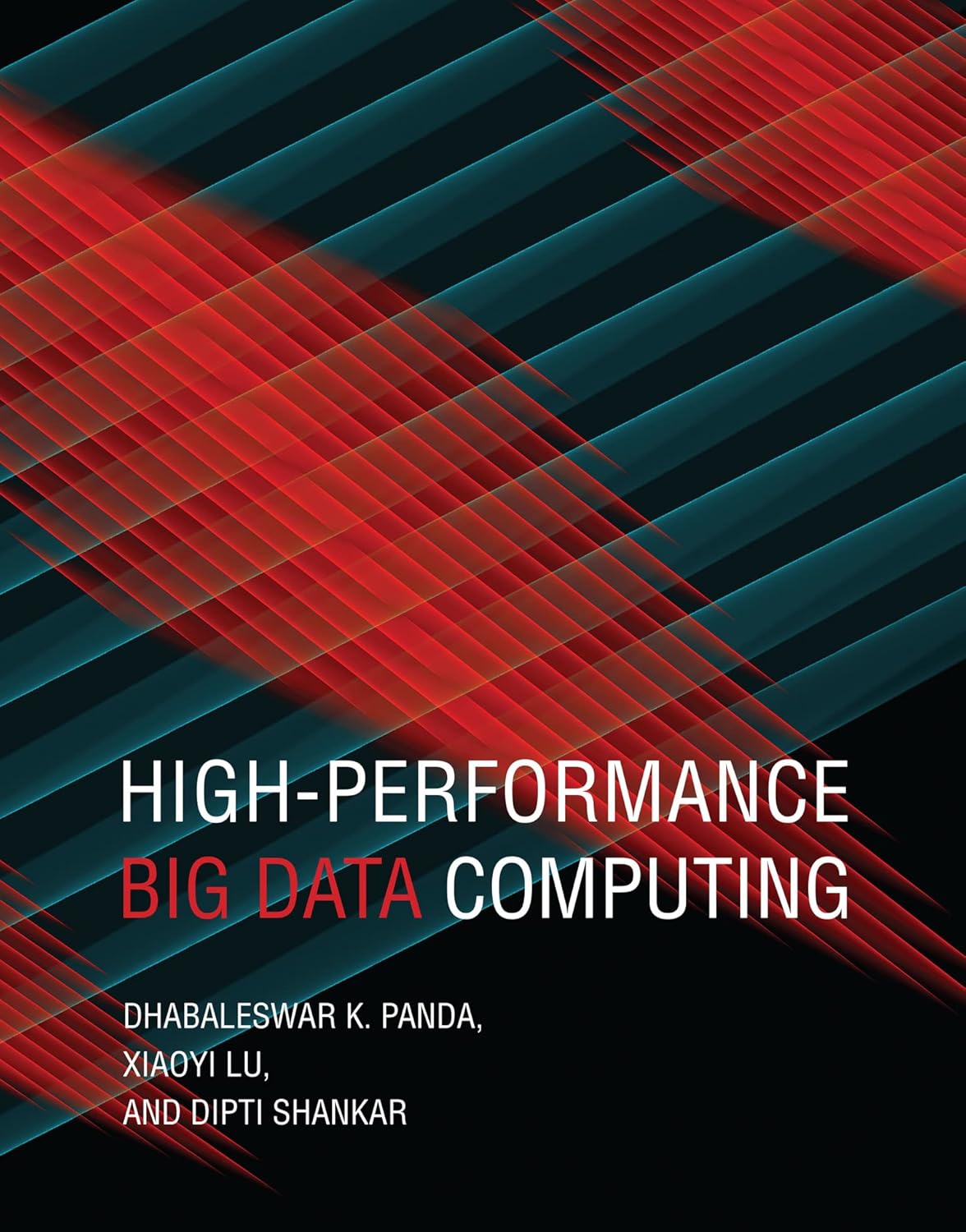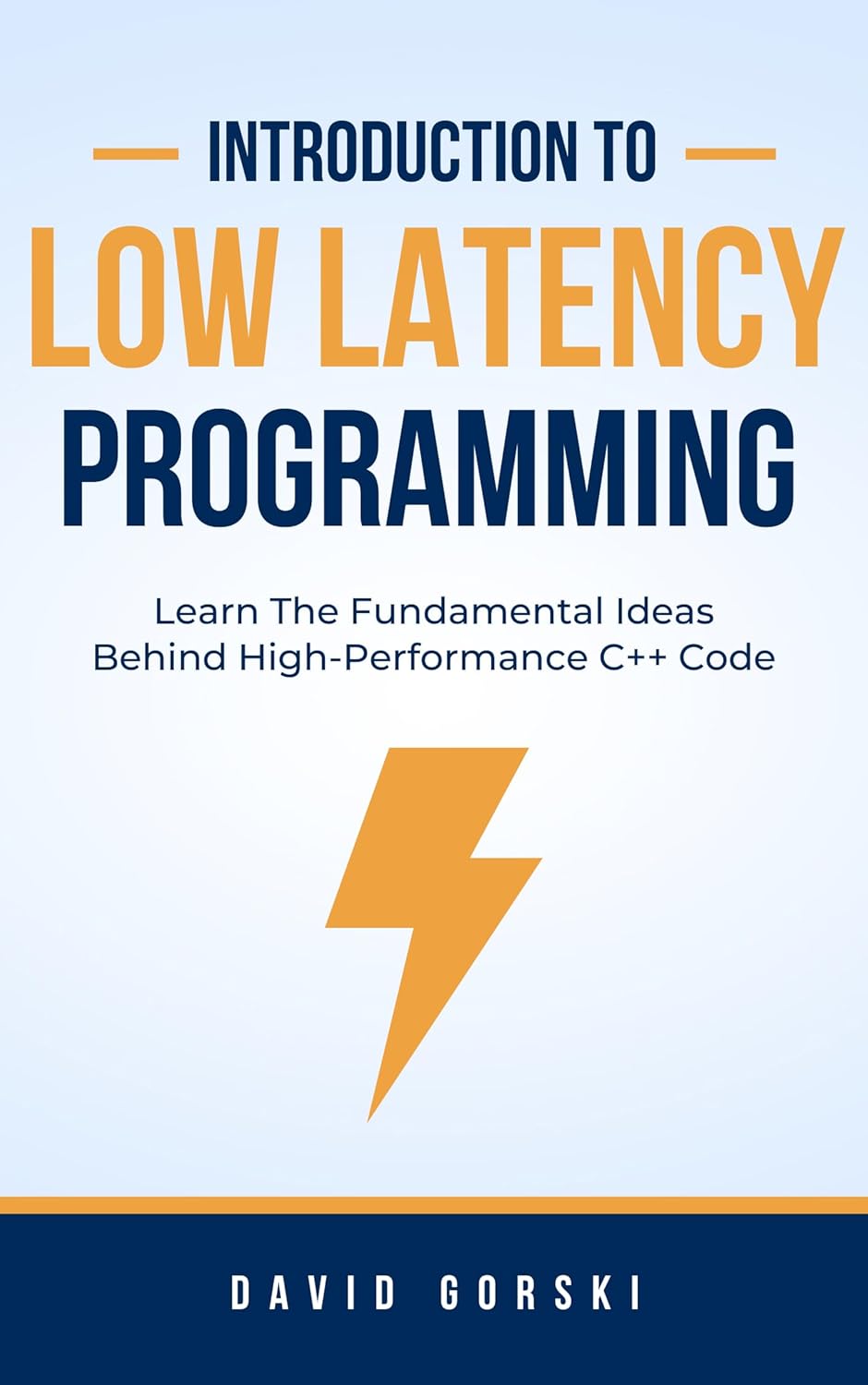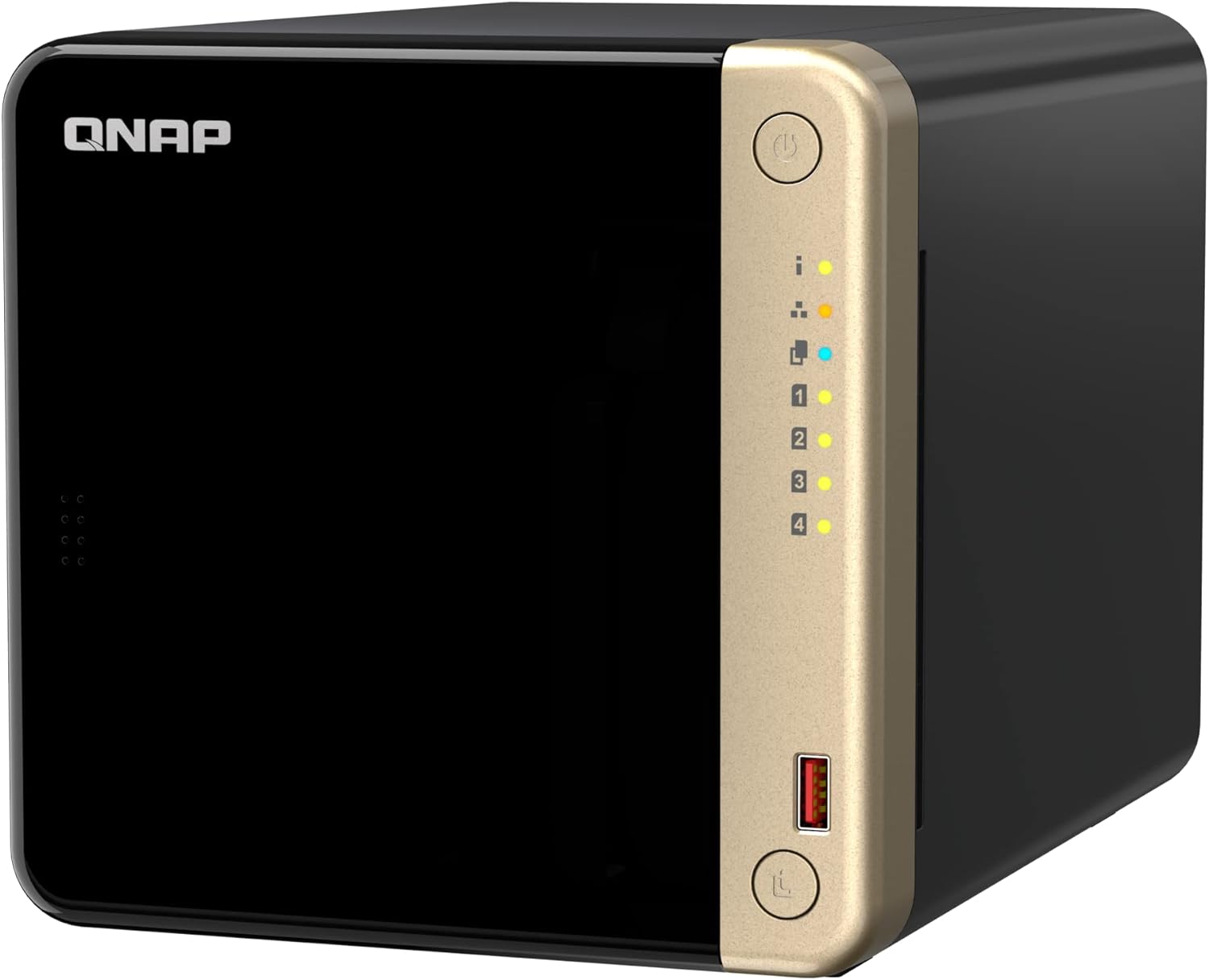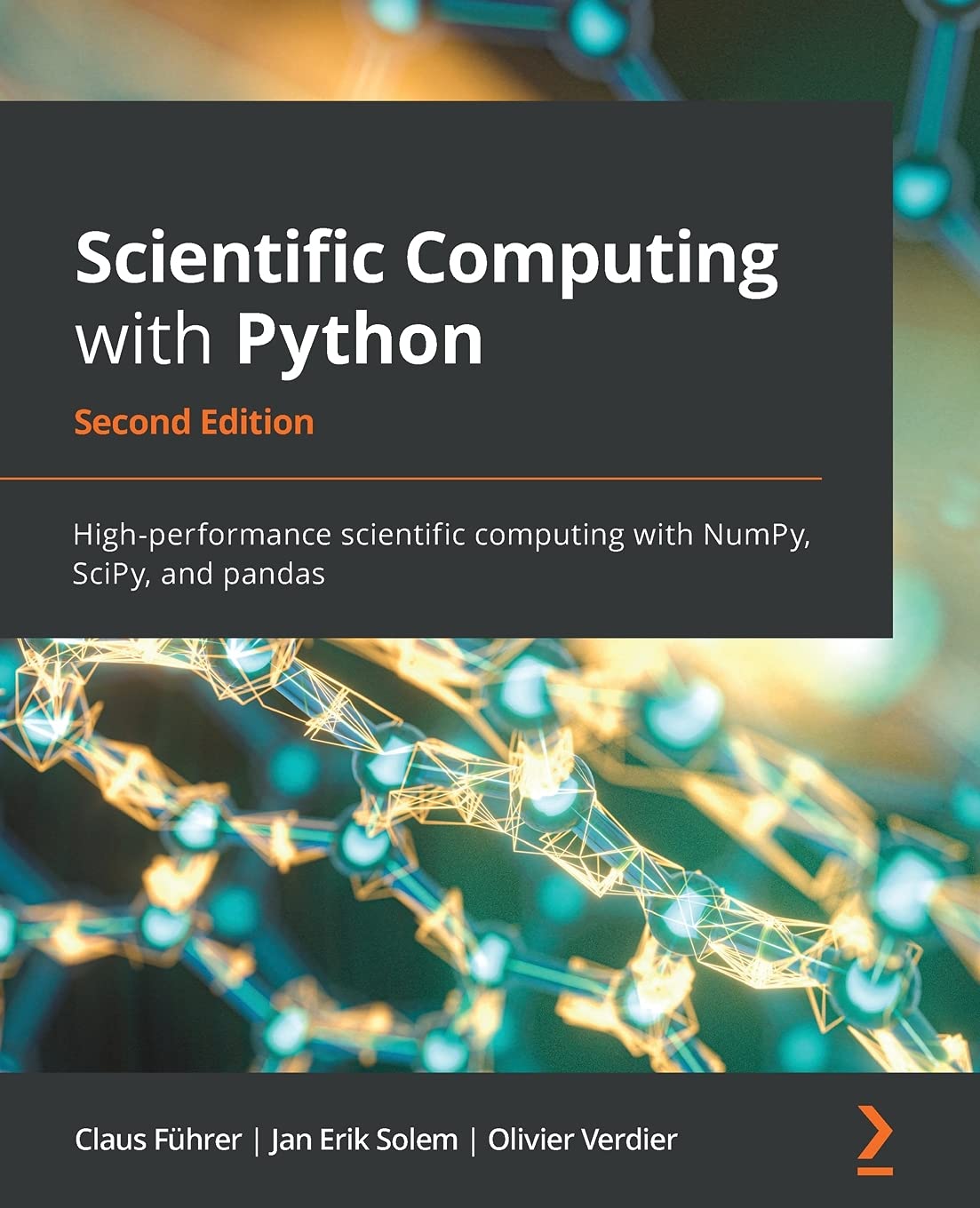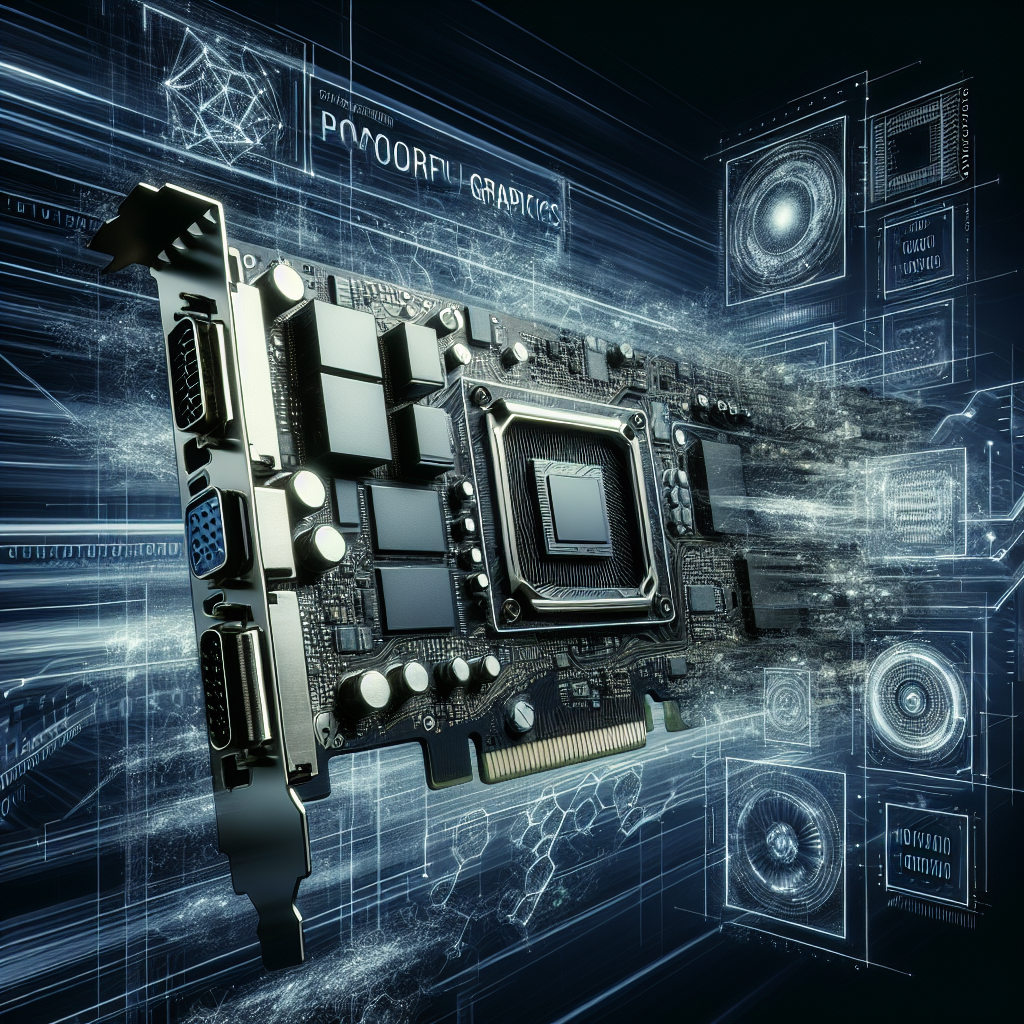NVIDIA is a leading provider of high-performance computing (HPC) solutions, offering a range of products and technologies that are designed to enhance the capabilities of HPC systems. With a focus on delivering high performance, energy efficiency, and scalability, NVIDIA’s HPC solutions are helping to drive innovation and accelerate scientific research across a wide range of industries.
One of the key technologies that NVIDIA offers for HPC applications is its Tesla line of GPUs. These powerful graphics processing units are optimized for parallel processing, making them ideal for handling the complex calculations and data-intensive tasks that are common in HPC environments. By harnessing the power of Tesla GPUs, researchers and scientists can significantly accelerate the speed at which they can perform simulations, modeling, and data analysis.
In addition to its Tesla GPUs, NVIDIA also offers a range of software tools and libraries that are designed to optimize HPC applications for its hardware. This includes CUDA, a parallel computing platform and programming model that allows developers to harness the power of NVIDIA GPUs for their applications. With CUDA, developers can write code that can be executed in parallel on multiple GPU cores, enabling them to take full advantage of the processing power that NVIDIA GPUs offer.
NVIDIA’s HPC solutions are also known for their energy efficiency, which is becoming an increasingly important consideration for organizations that are looking to reduce their carbon footprint and lower their operating costs. By using NVIDIA GPUs for HPC workloads, organizations can achieve significant energy savings compared to traditional CPU-based systems. This is because GPUs are able to perform more calculations per watt of power consumed, making them a more energy-efficient option for HPC applications.
Another key advantage of NVIDIA’s HPC solutions is their scalability. Whether organizations are looking to run simulations on a small cluster or a large supercomputer, NVIDIA’s technologies can scale to meet their needs. This flexibility makes it easy for organizations to start small and expand their HPC capabilities as their computing requirements grow.
Overall, the power of NVIDIA HPC is helping to drive innovation and accelerate scientific research across a wide range of industries. By leveraging the capabilities of NVIDIA GPUs and software tools, organizations can achieve faster results, reduce energy consumption, and scale their HPC systems to meet their evolving needs. As the demand for high-performance computing continues to grow, NVIDIA’s HPC solutions are playing a vital role in enabling organizations to push the boundaries of what is possible in science, engineering, and beyond.
